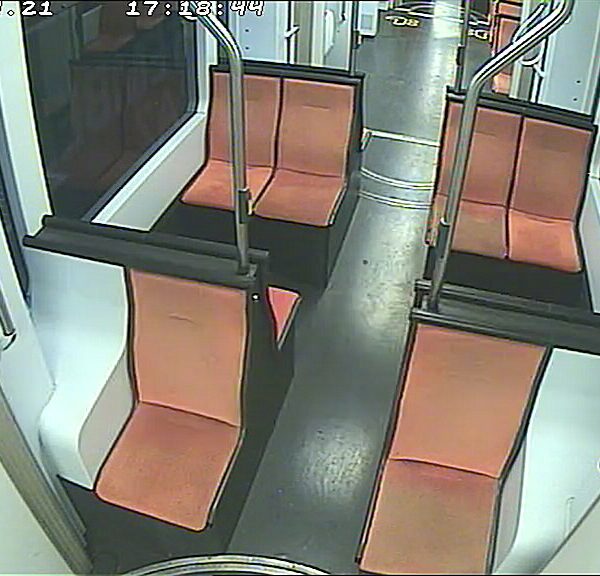Video surveillance
For the safety of the passengers of Graz Linien, there have been video cameras in buses and trams for several years.

For the safety of our passengers: There is video surveillance …
- in buses & trams
- in the Castle Mountain lifts
- on the Castle Mountain railway
- in the local transport hub at the central station
- in the Mobility and Sales Centre
- at Puntigam local transport hub
- in our sheds and at the bus garage
Cameras ensure safety
A total of eight cameras ensure safety on the Variobahns, seven cameras on the 600 series trams, five cameras keep an eye on the passenger compartment on the solo buses, and the articulated buses have eight cameras. The drivers do not see the images, but still have an eye on the rear boarding doors via their control monitors at the stops. A sufficient number of cameras are mounted at the other objects, which also serve to monitor operations. The recorded material is stored for 72 hours (120 hours only for the trams and buses) and is then automatically deleted – if it is not needed because of a police request.